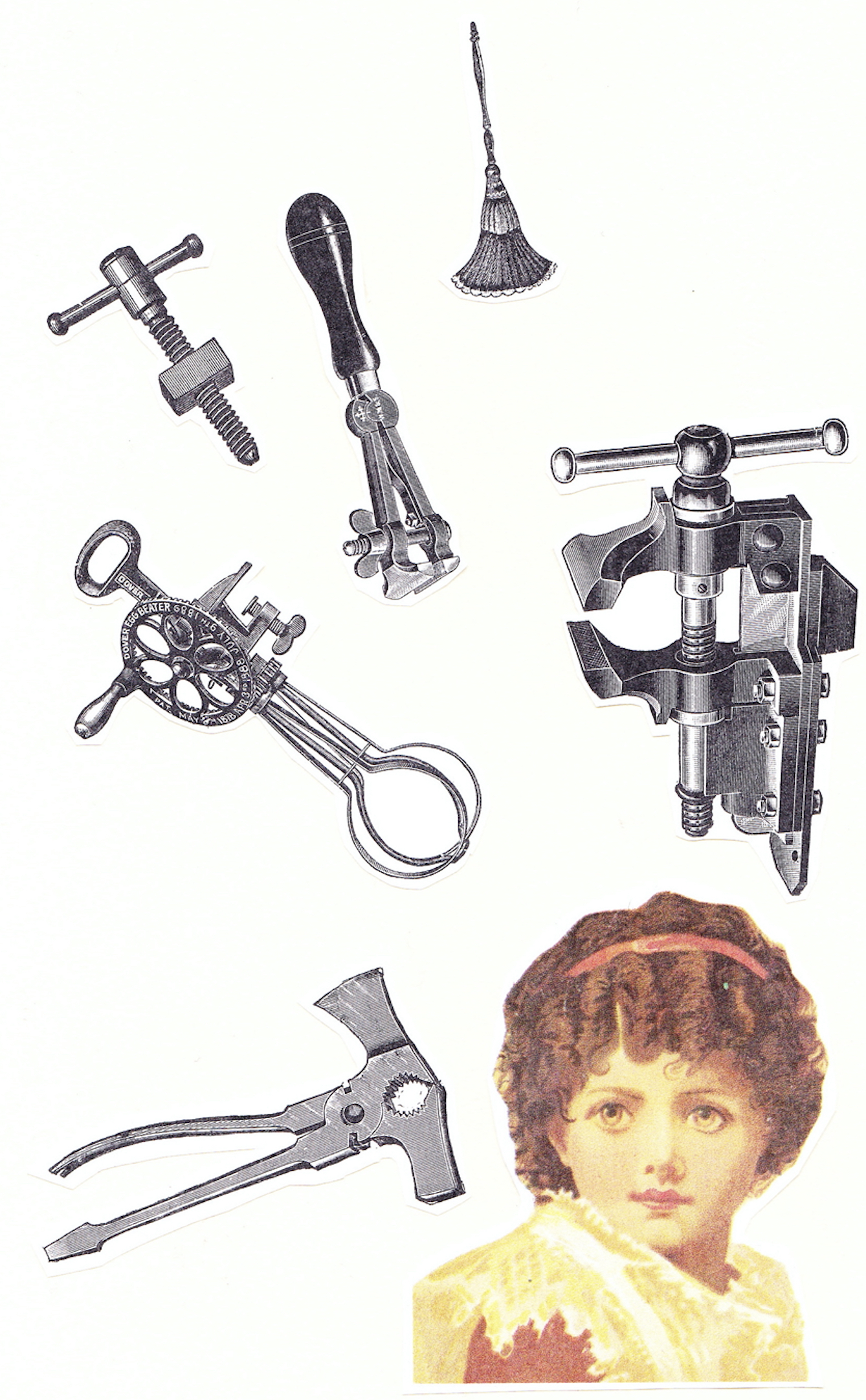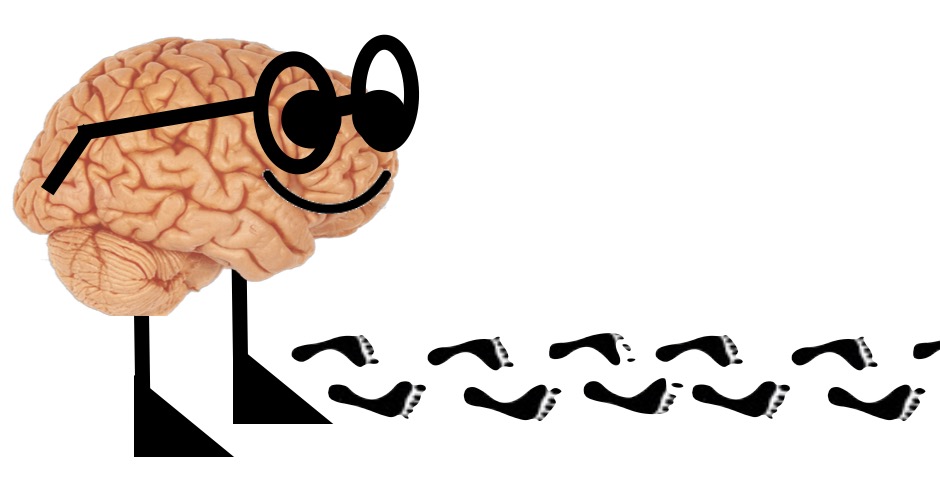
A small spark of stress can ignite a firestorm, but it doesn’t have to. Give yourself an hour of “time out” and you will go from stressed to rest. You can design your own happy hour without alcohol or scheduling hassles. Gift yourself time doing something you love. Your cortisol will metabolize in that time and the world will look better.
It may seem hard to enjoy anything while your cortisol is surging. But when you know how your brain works, you can make it happen.
Stress is caused by cortisol, a chemical we’ve inherited from animals. It surges when an animal smells a predator, and prepares a critter to run. Your body eliminates cortisol in about an hour, so if you do something fun for an hour, the threatened feeling will be gone. Unless you trigger more.
And you do trigger more much of the time, because cortisol tells your brain to look for evidence of a threat. When a gazelle smells a lion, cortisol tells it to gather details about the lion’s location so it knows which way to run. When your cortisol turns on, your big human cortex starts gathering details about the threat. It’s good at finding threat signals when it looks. That triggers more cortisol, and more evidence-seeking and more cortisol. It’s a bad loop.
Instead, you can stop what you’re doing and focus on something fun for an hour.
“I don’t have time for that!”
Maybe you you’ll feel better by getting things done. The problem is that cortisol is so good at doing its job. It highlights the bad in everything when it’s flowing. When you try to get things done, you trigger more cortisol, and you can end up in a cortisol spiral that wastes even more time. Others will mirror your spiral with their mirror neurons. In the long run, your time is better spent avoiding a cortisol spiral.
But it’s hard. You are not consciously choosing to be stressed, so it’s hard to believe in your power to redirect your brain. It’s even harder to do this during a difficult moment. So plan in advance with some healthy diversions. Stock your pantry with healthy anxiety tamers the way you stock it with healthy snacks.
What is a healthy anxiety tamer?
An activity that absorbs both your mind and body is best. It might be a craft or music or a comedy recording, or my personal favorite: stretching while watching a foreign-language video. That absorbs my mind so completely that I forget to worry.
Exercise is fine as long as you enjoy it. This is not the time for the yoga pose that frustrates you, or the walk in the park that you spend rehashing grievances in your mind. Do not watch news or violent movies. Curate your fun list as much as your to-do list.
Confidence in your own next step is the only true stress reliever.
A gazelle lives in a world full of predators. It cannot relieve cortisol by waiting for a perfect world. It relieves it by choosing its best next step, and taking it. A gazelle believes in its own next step because that’s all it has.

When you think about your next step, you can think of many reasons why it may not work. Your big human cortex is designed to anticipate future outcomes. You can think of so many bad outcomes that it’s hard to believe in your next step. But if you wait for a perfect world to relieve your stress, you will wait too long. You can build confidence in your next step instead.
Confidence is a neural pathway that triggers happy chemicals instead of threat chemicals. It’s hard to find your own power to shift from threat pathways to happy pathways, so let’s take a closer look.
Your power over your pathways
We are all born with billions of neurons but very few connections between them. Our connections build with each experience. Big connections build from big emotions and from repetition. The neural network built by our early experience lasts a lifetime. No one intends to rely on their childhood wiring, but the electricity in the brain flows like water in a storm, finding the paths of least resistance. We flow into the pathways that grew big without knowing why.
Stress is your brain’s signal that your survival is threatened. You are not consciously thinking that, but your chemicals are controlled by brain structures inherited from earlier mammals, like the amygdala, hippocampus, and pituitary). They don’t process language so they can’t tell you in words why they’re releasing the threat chemicals. You have power over your brain when you know how it works.
Our brain prioritizes bad feelings because it evolved in a dangerous world. Cortisol builds pathways in your brain that alert you to potential threats. But you can build new pathways that focus on rewards rather than threats.
Our brain evolved to promote survival, not to make you feel good. Bad feelings exist for a reason. Our brain is designed to protect you from having to touch a hot stove twice. Pain builds a cortisol pathway that warns you with a surge of bad feelings the next time you see something similar. Positive experiences build pathways, too. The more you repeat a positive thought or action, the bigger the pathway for positive expectations in the future.
You can help others build confidence in their own next step. I am not suggesting false confidence that’s heedless of obvious threats. I am not suggesting overconfidence that expects giant rewards from tiny efforts. I am suggesting that you find the joy in your own next step, and then the next. Your family and coworkers will mirror that. They will have ups and downs anyway, and the downs will break your heart. But you can improve your world by getting real about your brain.
Find more on how to do this in my book, Tame Your Anxiety.

